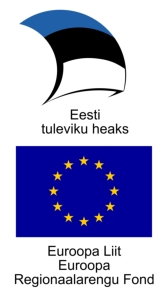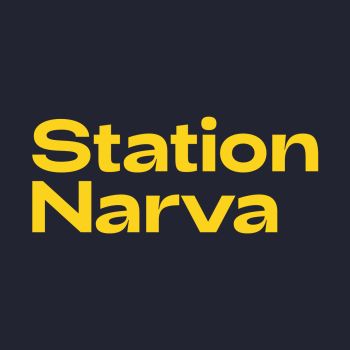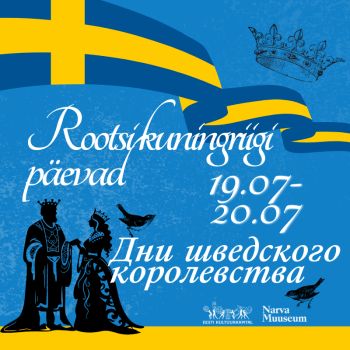
Narva Muuseumi virtuaalne loengusari Narva ja piirkonna ajaloost
Sündmuse ülevaade
Narva Muuseum kutsub 13. märtsist 21. aprillini kõiki ajaloohuvilisi kuulama virtuaalset loengusarja, kus muuseumi teadurid räägivad Narva ja piirkonna ajaloost.
VIDEOLOENGUTE SARI NARVA AJALOOST
Loengud toimuvad kolmapäeviti ja laupäeviti (ja ühel pühapäeval) Zoomi keskkonnas.
Loengu kestus: 60 minutit. Loengud toimuvad vene ja eesti keeles.
Ühe loengu hind: 5 €
Loengupassi hind kogu loengusarja eest (13 loengut): 35 €.
Loengutele tuleb eelnevalt registreeruda.
OSTA LOENGUPASS SIIN.
Loengute kava:
Laupäev, 13. märts kell 11.00
Marina Kuvaitseva loeng „Vastlapäev-maslenitsa“ (vene keeles). Registreeru SIIN.
Kolmapäev, 17. märts kell 18.00
Svetlana Andrejeva loeng „Narva tänavad linna 17.-21. sajandi kaartidel“ (vene keeles). Registreeru SIIN.
Laupäev, 20. märts kell 11.00
Galina Smirnova loeng „Sotsiaalabi ja heategevus Narvas aastatel 1918-1920“ (vene keeles). Registreeru SIIN.
Laupäev, 20. märts kell 13.00
Igor Kopõtini loeng „Tüüfuse epideemia levik Narvas 1919-1920“ I osa. (eesti keeles). Registreeru SIIN.
Pühapäev, 21. märts kell 18.00
Igor Kopõtini loeng „Tüüfuse epideemia vastu võitlemine Narvas 1920“ II osa. (eesti keeles). Registreeru SIIN.
Kolmapäev 24. märts kell 18.00
Irina Solodova loeng „Vene Rockefeller – Ludwig Knoop“ (vene keeles). Registreeru SIIN.
Laupäev, 27. märts kell 13.00
Ivan Lavrentjevi loeng „Narva 1993. aasta autonoomia referendum: ebaõnnestumine või õnnestumine?“ (vene keeles) . Registreeru SIIN.
Kolmapäev, 31. märts kell 18.00
Svetlana Andrejeva loeng „Postkaardid Narva Muuseumi kogudest“ (vene keeles). Registreeru SIIN.
Laupäev, 3. aprill kell 11.00
Galina Smirnova loeng „Kreenholmi manufaktuuri tööliste elu aastail 1857-1917“ (vene keeles). Registreeru SIIN.
Kolmapäev, 7. aprill kell 18.00
Irina Solodova loeng „Narva rännumeeste silme läbi 15.-19. sajandil“ (vene keeles). Registreeru SIIN.
Laupäev, 10. aprill kell 11.00
Ivan Lavrentjevi loeng „Narva ajaloolise mälu uurimise väljakutsetest ja võimalustest“ (vene keeles). Registreeru SIIN.
Kolmapäev, 14. aprill kell 18.00
Marina Kuvaitseva loeng „Eesti vanausuliste traditsiooniline köök“ (vene keeles). Registreeru SIIN.
Laupäev, 21. aprill kell 18.00
Maria Smorževskihh-Smirnova loeng "Kristuse ülestõusmine. Ikonograafiline traditsioon" (vene keeles). Registreeru SIIN.




